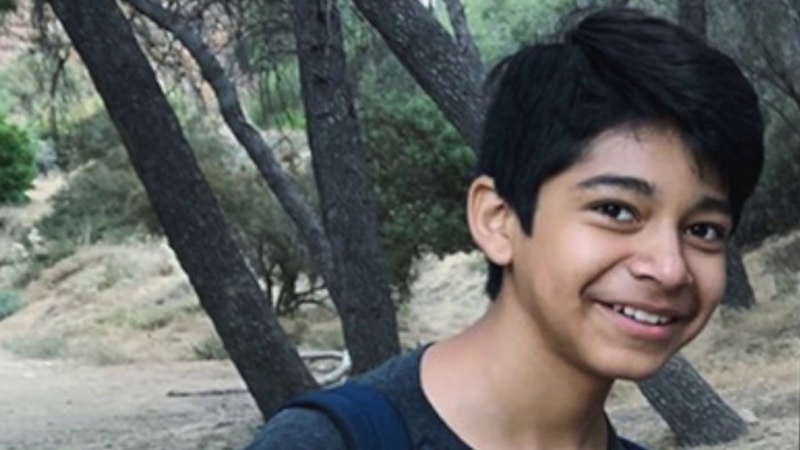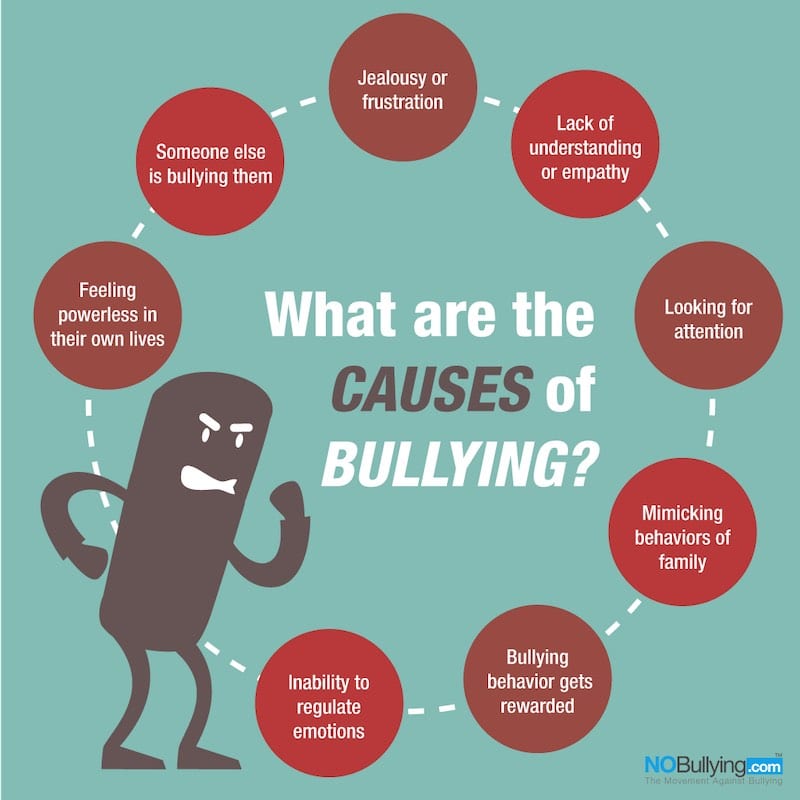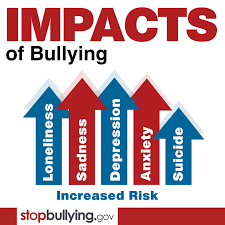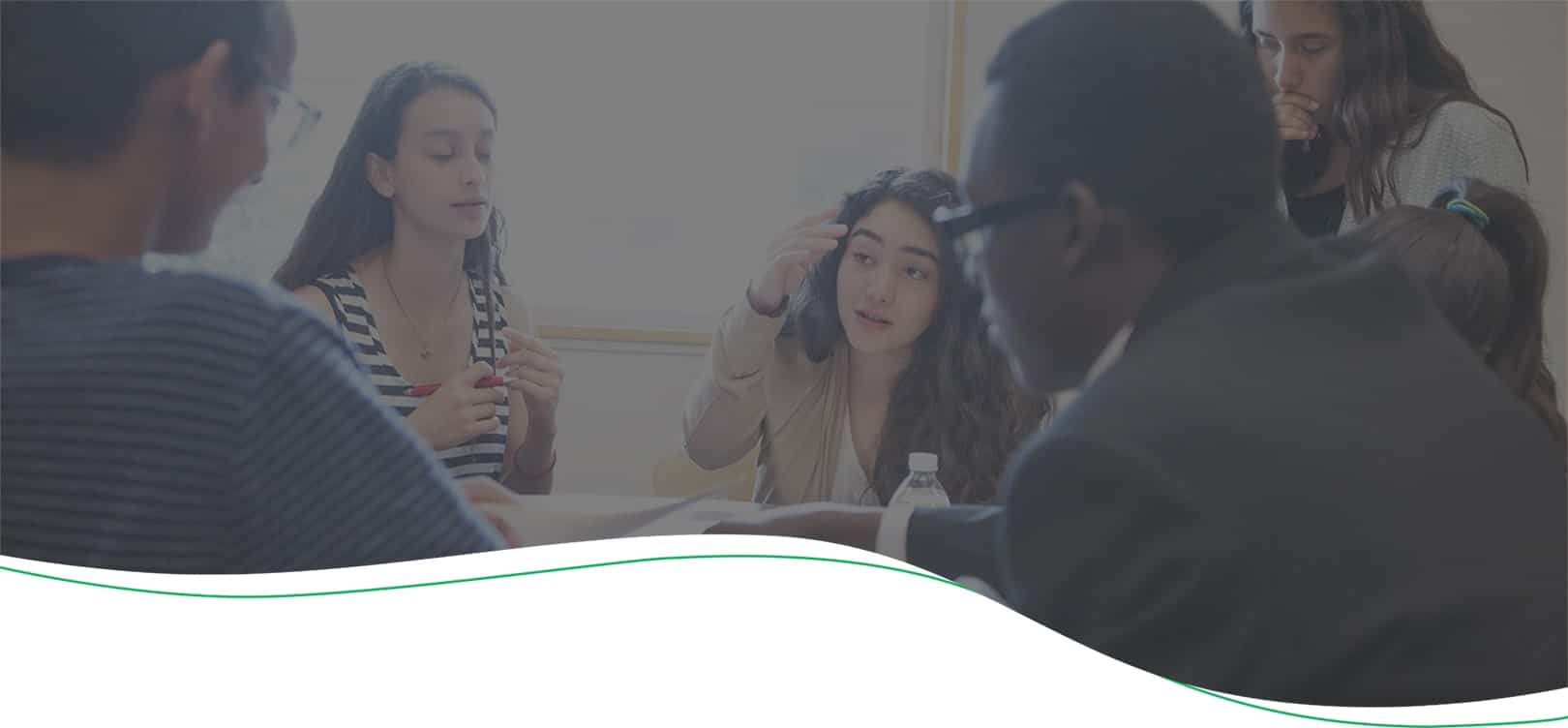
14 Sep Preventing Bullying with Schoolwide SEL
Bullying is a persistent problem across schools nationwide. And while many schools may proclaim anti-bullying sentiment, what a school does to implement strong preventative and restorative policies to combat this kind of trauma, matters more.
Prioritizing the social and emotional well-being of our students, remains the key factor in bullying prevention. Incorporating SEL values like empathy and conflict resolution, are powerful long-term strategies for bullying prevention. Though, in order for this to really work, an SEL foundation must be laid down and built upon schoolwide. It must be a community effort.
Effects of Bullying
The impact of bullying in schools
Social and emotional learning (SEL) has been the talk of every classroom for the last several years as more and more schools implement its core competencies within their curriculum and culture. As a provider of SEL, Women Wonder Writers has seen its effect on students, helping them transform their trauma into triumph. But as incidents of bullying and harassment continue, SEL must remain the focus.
Last fall, a middle school in Moreno Valley, CA experienced a tragic bullying incident that cost a 13 year-old boy his life. Two boys attacked a young man by the name of “Diego,” a middle school student who had been previously bullied before and had made an attempt to go to his family and then to the school for support.

On September 16th, 2019, Diego was struck several times by two other 13 year-old boys. He hit his head on a pillar, and stayed in critical condition for nearly one week before his eventual passing.
This was a tragic incident that should never have happened. But this tragedy isn’t to be blamed on one, two, or three people. It is far more complicated than that. And involves a much more expansive and long-term solution.
There are many reasons why someone chooses to bully another. There are many reasons why witnesses who see harassment firsthand, don’t do anything about it. Bullying can come from unresolved trauma, the need for attention, and or the need to fit in. At the end of the day, because the way we act with our peers is social, so is bullying. It is a social and psychological game that has become so comfortable and familiar to some, they lose sight of the consequences far too late.

Bullying involves a victim. It involves an offender, and often, even bystanders. The very nature of it is social. You’re dealing with multiple personalities, perhaps carrying their own personal traumas, during a time when kids just want to fit in— a combination that needs to be assumed beforehand, all the time, in every school system.
In fact, it is so common, that in the United States, 1 in 5 students between the ages of 12 and 18 have been bullied during the school year.
Roughly, 160,000 teenagers have skipped school due to bullying. And recent data reveals about 20% of students are bullied at school.
Diego’s case was, unfortunately, the most extreme. But the additional effects of bullying like depression, anxiety, and loneliness can carry into adulthood. People who are bullied also report having substantially more physical health complaints and often participate in higher levels of problem behavior.

If not met with the proper resources, these problem behaviors are often resolved by ineffective and more harmful suspension and expulsion policies that only increase the child’s chances of entering into the justice system.
Academically, students who were often bullied scored lower in math, science, and reading compared to their peers who were rarely ever bullied.
And students who bully are also at higher risk for these same problems. Adverse childhood experiences (ACEs) may be a major player in why they choose to bully, but these children are too at higher risk for criminal convictions in the future, as well as substance abuse issues.
What about those who watch other people get bullied?
Harassment doesn’t always happen discreetly. In fact, it’s often a sign of needing attention or power in a world or home life where they have none, or even feel they have none. Again, it happens in the open, it includes more than one person, it’s by any standard, social. Bystanders make up the largest group affected by harassment, with 71% of students claiming they’ve witnessed it.
They often do nothing for fear of retaliation, intimidation by the bully’s power and social standing, or they may not feel empowered and they lack self-confidence.
Witnesses of bullying have also been linked to experiencing similar negative consequences as those who have been bullied or bullied others before.
How to Prevent Bullying in School
How does SEL help prevent bullying?
Just as a refresher on what social-emotional learning is–it’s a process where students (and adults), learn to develop and apply the skills to understand and control their emotions. It involves the social-awareness to learn to show empathy, develop and maintain healthy relationships, set positive goals and make sound decisions. The skills focused on in the classroom often include self-awareness, emotional management, self-control, responsible decision making, and relationship skills.
Before we go into each part of SEL, we’ve left a webinar below on how SEL can create a positive learning environment for bully prevention.
So how does SEL prevent bullying in schools?
Social Awareness and Empathy
If we want our students to stop bullying, and we want bystanders to act out against the harassment, empathy is the antidote. It is by far one of the leading components of SEL that works in bullying prevention.
Self Awareness and Self Management Skills
Healthy conflict resolution strategies matter to kids in school. Emotional regulation and self-awareness is a requirement of SEL. But this kind of self management is also necessary to control impulses that often directly cause an act of aggression towards another. Learning how to handle conflicts effectively is a fundamental part of any social-emotional learning curriculum.
Relationship Building Skills
Having strong and sustained relationships in a child’s life matters to their well being. This is often viewed from the perspective of having strong family ties, but having strong friendships, peers who support you during school hours are less likely to become victims. Many students who lack these friendships, often lack confidence or interpersonal skills and should be involved in programs within the school that encourage peer-to-peer support.
Responsible Decision Making
This also goes hand-in-hand with conflict negotiation skills. Children who bully often aren’t aware of how to make new decisions within their interactions. When they’re angry or feel they need attention, violence is the best way they know how to resolve inner or outer perceived conflict. Social-emotional learning strategies that encourage the practice of nonviolent communication and problem resolution skills, can go a long way in preventing bullying in schools.
Can SEL help students who are doing the bullying?
As mentioned before, there are a variety of reasons or traumas associated with why a person would bully another. These aren’t excuses, but if an offender hurts another because they are hurt themselves, or they’re feeling unaccepted or unsafe, it is up to the adults around them to make them feel safe and accepted. To create an environment where they feel supported.
How do we do that?
Preventing Bullying in Schools
Taking action: what can schools do?
With what we know now, gone are the days where we’d only prioritize test scores and intellect. Schools and the communities surrounding those schools are responsible for equipping their students with healthy conditions for them to grow and learn in safe and predictable environments.
Bullying can happen anywhere. But there is no place more common than schools. Bullying can lower academic achievement, influence school attendance, and even contribute to higher dropout rates.
Educators, students and communities can take action to prevent bullying. Every October, National Bullying Prevention Month, educators and organizations come together nationwide to raise awareness and make change.
Here are some resources for educators to prevent harassment in schools.
How are schools preventing bullying? What can you do?
- Social and emotional learning is a school-wide effort, a collective responsibility.
The success and health of your students depends on how you treat them. It depends on the policies that are rigorously practiced and reminded of daily. Build a culture of respect not just in the classroom or school, but in the district and community. Teachers can reach out to family members to reinforce this culture. Research indicated that bullying rates drop when the school makes an effort to value all students.
- Practice Relationship Building
This one is two-fold. Strong relationships within the classroom are essential for a student to feel safe enough to let their guard down to learn. This will allow you to create a safe learning environment. But also, the lessons themselves should encourage students to work together, so they can build peer-to-peer relationships. A strong support system that includes friends, family, and teachers, means less of an opportunity for a student to become a victim. These relationships have the power to build self-confidence and healthy interpersonal skills.
Trauma-informed teaching strategies like encouraging students to help out other students has the possibility for new relationships to emerge while also instilling confidence and purpose in the student who is helping another. With enough opportunities like these, bullying becomes less of a necessity whether they were the offender or victim.
- Teach Emotional Management w/ Conflict Resolution Exercises
Expressing emotions can get messy, but of course it’s the most important piece of a student sticking up for themselves, and for the offender controlling their anger to choose a new path rather than violence. Try some conflict negotiation exercises for your classroom.
- Empathy First
There’s no way reducing bullying in schools is possible without empathy. Feeling for what others are going through allows the bystander to intervene when a student is getting harassed.
Empathy is what stops a common perpetrator from hurting someone again. It allows for a new way of thinking.
At The Write of Your L!fe, our instructors implement something called “The Shoes We Wear,” and exercise to encourage a walk in someone else’s shoes to gain a different perspective and learn to empathize with that perspective.
Social and emotional learning and bullying prevention go hand-in-hand. The commitment to one, means a commitment to the other. SEL isn’t some quick fix. It is a mind-set change that demands action. And this action must be supported by everyone in the community to facilitate any real change, so what happened to Diego, never happens again.


